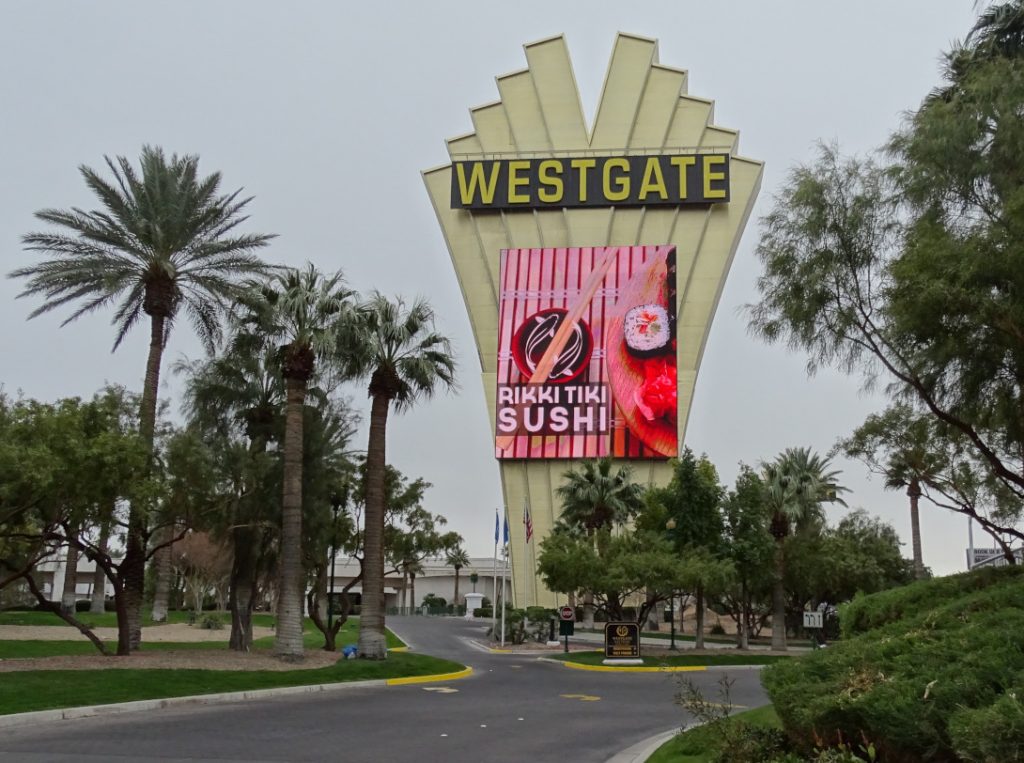You’ve almost certainly admired iconic displays at historic theaters, landmark buildings, famous museums and heritage hotels, as well as outdoors on stadium pylons and even along the highway. They sometimes serve as visitor attractions or special meeting places, and they’re often as memorable as their landmark surroundings. However, with rapid new construction in many cities and towns, some iconic signs might become aesthetically out of place and in need of a facelift. When it’s time to replace or upgrade these displays, the challenges often extend far beyond a simple choice of hardware.
Larger screens are typically subject to local regulations, such as electrical and building codes. Any significant change in signage might require approval from the local building department, architectural review board or even zoning board of appeals. Bear in mind that, with older signs, local regulations might have changed since the original installation, and they will require careful review.
To avoid any unpleasant surprises, it is a good idea to confirm with the client, in writing, that they have received all the required approvals. Some clients will welcome your assistance in preparing and presenting to local authorities the required technical information, such as any changes in electrical characteristics and sign brightness, or even the kind of content to be displayed.
Most local signage regulations are available online and, although the client’s architect is usually aware of applicable regulations and recent decisions, it’s always good to check if these have been reviewed and addressed. Oftentimes, a client might not even be aware that a new sign or signage screen requires a permit or approval.
Replacing or restoring important signage displays also sometimes presents technical challenges. These can include the selection of an appropriate display screen type and size, or changes in mounting hardware and wiring. For instance, the recently redesigned iconic pylon outside the Westgate Hotel near the Las Vegas Convention Center called for the largest screen that the structure could safely hold. The older sign elements, including neon branding logos, architectural lighting and outdated video screens, had to be removed. The team had to limit the exterior recovery work related to removing the older sign elements—only removing enough exterior cladding, steel and electrical conduits to facilitate new sub-systems.
New double-sided LED video displays, measuring more than 80’Wx96’H on each side, required a modular sub-frame rather than installing individual LED cabinets into such a large structure. This job also involved an entirely new secondary electrical system and low-voltage signal distribution. The LED panel cabinets were installed into intermediate frame sections for delivery and installation onto a brand new and highly engineered secondary steel interface structure. This required that a crane be erected in place for module insertion. The extreme accuracy of both the engineering and installation produced seamless screen faces that have completely transformed the look and feel of the sign structure.
Updating large displays with new interface hardware or cabling is not rocket science, but it requires careful planning—and a few questions can prevent many headaches downstream. If new cabling has to be pulled, make sure this can be done quickly and cost-effectively. Because you might be reducing the overall diameter of signal, control and power cable, it’s tempting to assume that conduit size and routing will not be an issue. But, with all the twists and turns involved in re-cabling, we all know what assuming gets you. Therefore, it’s a good idea to double-check new cable flexibility, twists and turns, and other related details.
Some prominent display locations might also present challenges in terms of audio and ambient lighting, especially if an upgrade or replacement involves expanded audio or video capabilities. For example, if a new large display is to be used to enhance musical performances, the new audio system could require the same level of expertise and expense as a new sound installation in a concert venue, including acoustic analysis and treatments. If the new display system is to relay 4K high dynamic range (HDR) content or other advanced visual material, the nature of existing ambient lighting could also present some interesting puzzles.
Although almost any challenge can be overcome with the right expertise and budget, the “devil is in the details,” so it is prudent to double-check even small line items before providing a request for proposal (RFP) or quotation.
Careful research and some common sense can guide teams through the process of upgrading or restoring an iconic display system. Asking the right questions and collaborating with architects and other local experts also comprise a sound approach to help avoid unexpected delays and extra expense.
